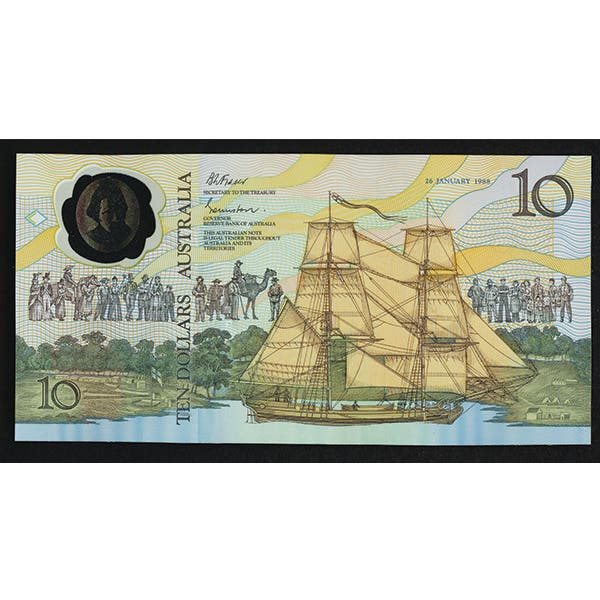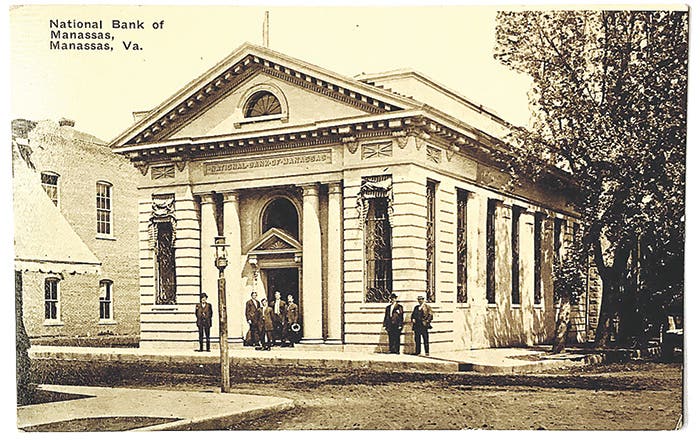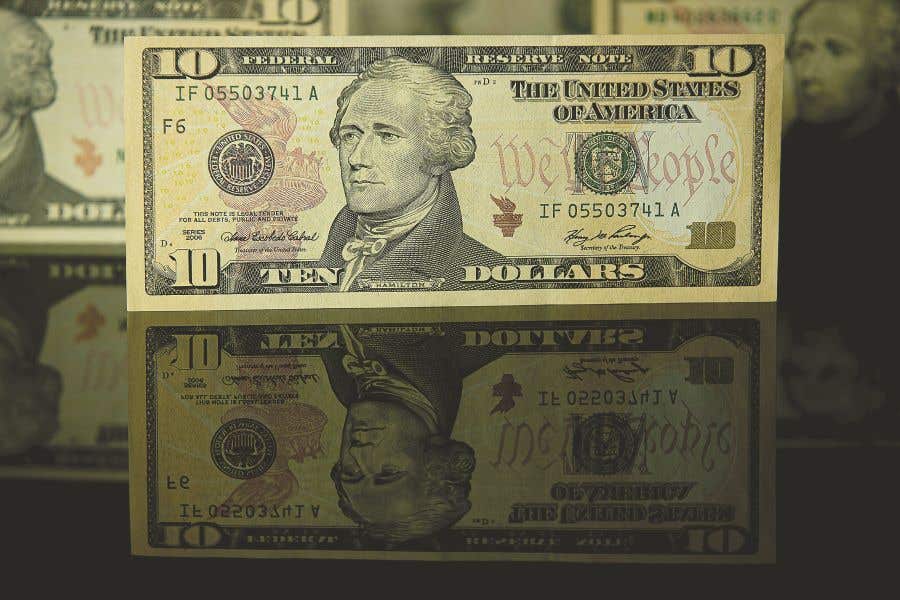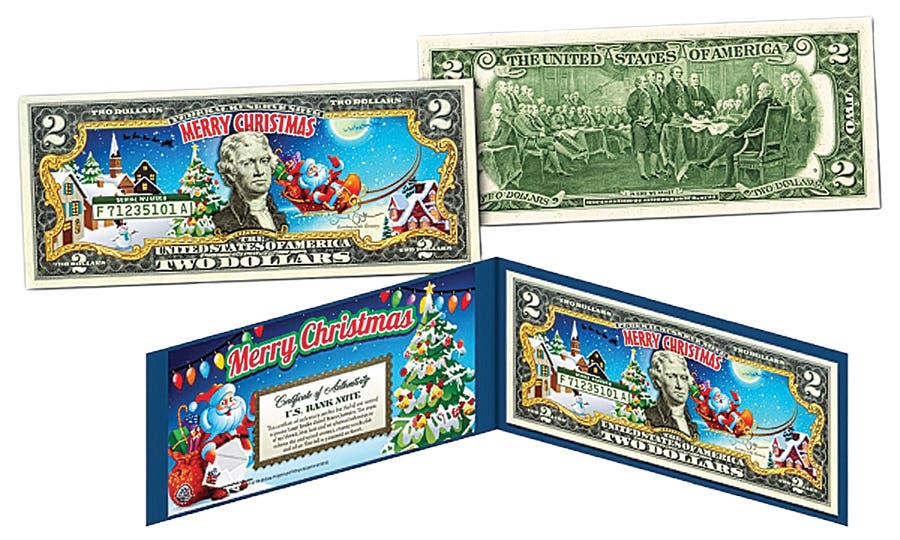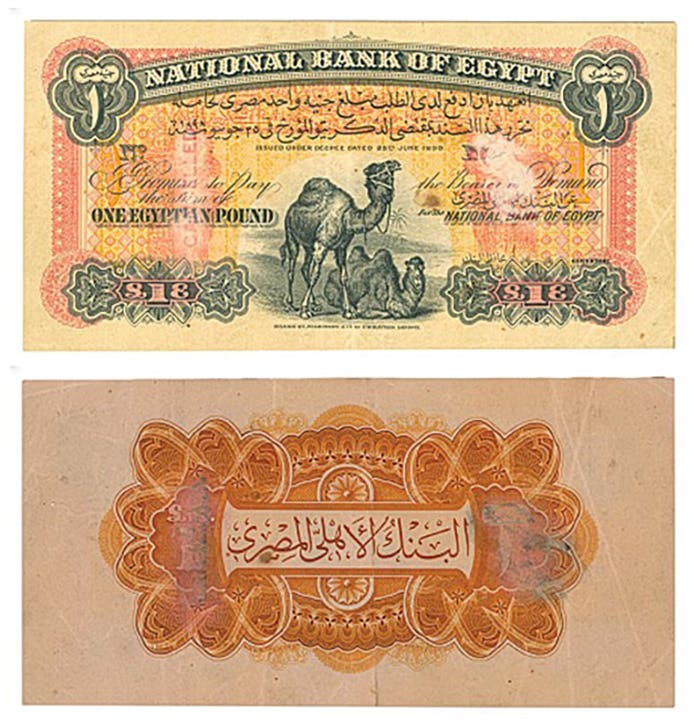Red Seal Small Size Notes $1, $2 and $5
Bill Brandimore shares his collection of small-size Red Seal notes.
Small Size Red Seal $1 notes were printed in 1933 as a 1928 Series. They were not issued, however, until 1948 and 1949. They were released in Puerto Rico to avoid sorting problems when they were returned. The stars were all * A, and only 7,892 were printed. The AA notes saw a printing of 1,872,012 so both versions were scarce, but the stars were exceptionally so. Here is my complete collection of these notes. My star is a Fine 15 because that’s all my budget could afford. The AA note is a Gem, and they are available in the $400 to $500 range in gem.
They were issued to maintain an existing total of $346,681,016 Legal Tender notes along with $2 and $5 Legal Tender notes as required by an 1878 act of Congress. The 1966 and 1966A $100 issues were called for by legislative action in 1966, presumably to honor the 1878 law with shrinking Red Seals in circulation.
Eventually, the $100 notes in storage that had not been issued were destroyed as it was no longer necessary to maintain the Red Seal balance.
The $2 notes were another matter. They were issued in the usual manner, as 1928 notes in 1928. Thomas Jefferson was on the obverse. The first notes were issued under Tate and Mellon’s signatures. 1928 issues would continue through 1928G, 1953 through 1953C, and 1963 and 1963A. The issues remained Red until turning Green in 1976. These notes in the 1928 group provide enjoyable collecting for rare notes such as the 1928B star, with only 8 known, and the 1928 E, also with very few known. They also provide rare and scarce Mules.
The 1953 and 1963 groups are much more available, and stars can be purchased in Gem condition for $100 or less. 1928 D Mules can be found in dealer stock at small and large shows. The 1928 C Mules are very scarce but probably still lurk out there. I found one in a small dealer’s stock and purchased it for $15. It is graded an apparent 15 because of almost invisible tiny rust spots. It is pretty scarce, as is its $2 1928C predecessor, the same issue that is a BA serial number note as opposed to the CA serial number.
The $2 1928D Red Seal Mules were more numerous in circulation than the earlier $2 1928Cs. Among the 1928D and D Star, Mules can be found in some numbers. Here is my 1928 D Star Mule.
The Red Seal $5 notes had four Mule issues, the 1928B through 1928E. All the Mule stars are very pricey. They also had Wide and Narrow variations in the 1928F issue. Check your catalogs for those varieties.
They also had 1953 to 1953C and a 1963 issue. All the 1828 Stars through the 28E are pretty pricey, as are the 1928B through E Mules in uncirculated grade, with the E Mule super pricey in Very Fine. The 28F notes come in two Wide varieties and one Narrow variety, with the Narrow and Wide varieties being quite costly. The 53 and 63 series notes are moderately priced. Check your catalogs for descriptions of Wide and Narrow. As with the $2 notes, check dealer inventory for Mules. With regard to $5 Mules in general, they can be found in the Red Seals, as described, and 1934A Blue Seal Silver Certificates and 34A Blue Seals, 1934 Hawaii and Federal Reserve 1934 through 1934C Green Seals. They can all be found in dealer stock, especially small dealers in small shows. A while back, I described a Federal Reserve $5 Note 1934 C Mule from Minnesota in my collection. It was unique. After describing my Mule, I got an email from a reader who found the same 34C Federal Reserve Note Mule from Minnesota at a small show. Now there are 2 of them. These Mules vary in price, but they are fun to search for and probably the only really valuable notes you have a chance to discover. All told the Red Seals can be very difficult to complete as 1928 collections, but they are fun to pursue, and the challenge contributes to the fun. Don’t be discouraged about the dearth of high conditions, especially with Mules, except for the $2 1928D. They just don’t come in high grade. The 28D Mules are much more abundant, and I have found a number of them, including my star.
You may also like:




